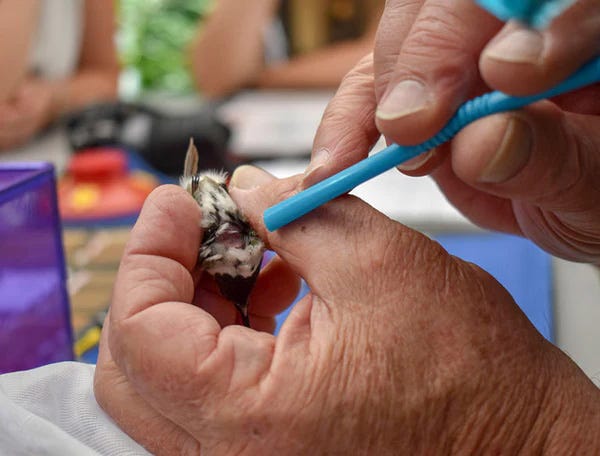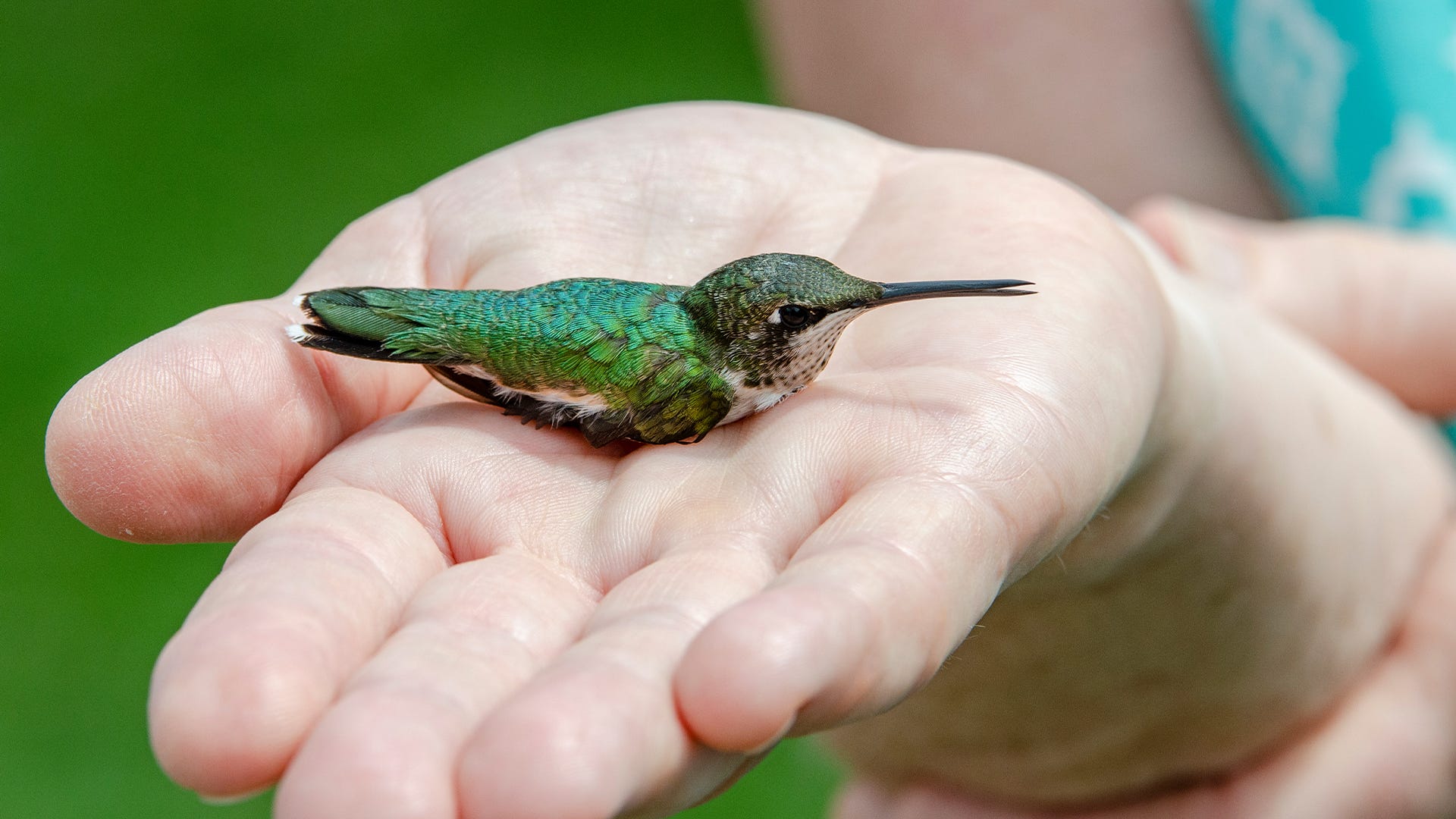We recently had the incredible opportunity to visit a master hummingbird bander in Colorado’s Rocky Mountains. Greeted by several dozen, maybe hundreds of hummingbirds—we made our way onto the property of Steve Bouricius. He’s been banding hummingbirds for over 30 years.
Steve loves hummingbirds. He actually does the important work of a bander as a volunteer, submitting his data to various wildlife agencies. He’s one of only about 150 people in the U.S. with a permit for the important task of hummingbird banding.
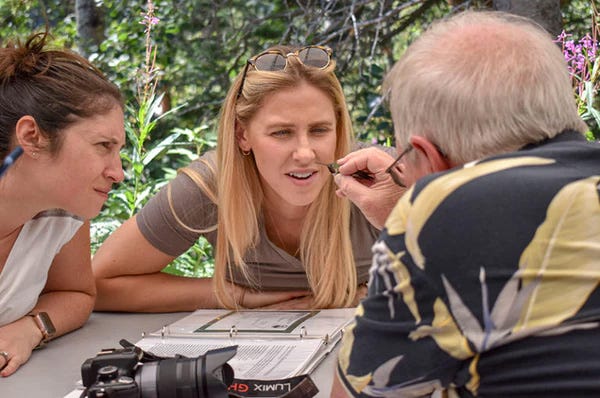
What is Hummingbird Banding?
Knowing where birds travel to—and when—is valuable information. When birds are banded, released and recaptured elsewhere, researchers can track individual birds’ movements. This is useful data for scientists studying species dispersal, migration, life-span, survival rate and population growth.
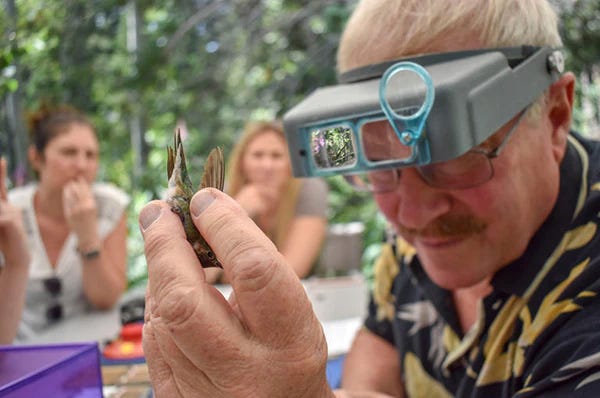
The Process of Hummingbird Banding
Hummingbird banding is a fairly simple process. Nonetheless, it requires great care and skill to record critical data while keeping the birds safe and healthy. From preparing the bands to releasing the birds, every step needs to be done just right.
See also: 12 Amazing Facts You Should Know About Hummingbird Migration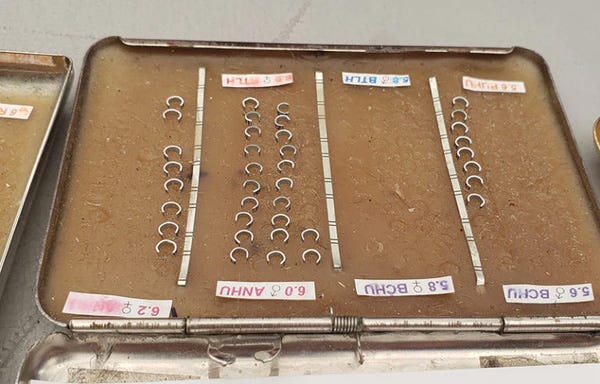
Preparing the Bands
Hummingbird bands need to be small enough to wrap around the leg of the smallest birds. Steve cuts and forms the bands from an aluminum alloy sheet. He does this himself, carefully filing the sharp edges smooth. Each strip has a unique identifying number that he records, then adds to the national database. The bands need to be just the right size for each species and sex of hummingbird.
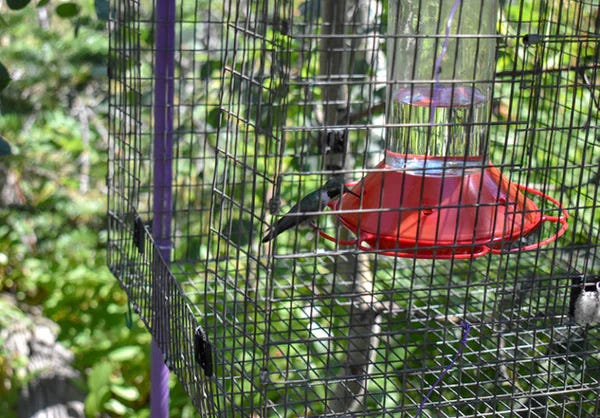
Capturing the Hummingbirds
Catching hummingbirds may sound near impossible. Sitting in a lawn chair among tall grass near a late-summer river, Steve makes it look easy. With dozens of hummingbird feeders—some situated inside cages with doors—he selectively traps individual birds. He had fishing line strung up to the cage doors to hold them open. Eventually, when the right hummer enters, Steve would gently pulls the line to close the door and capture the bird.
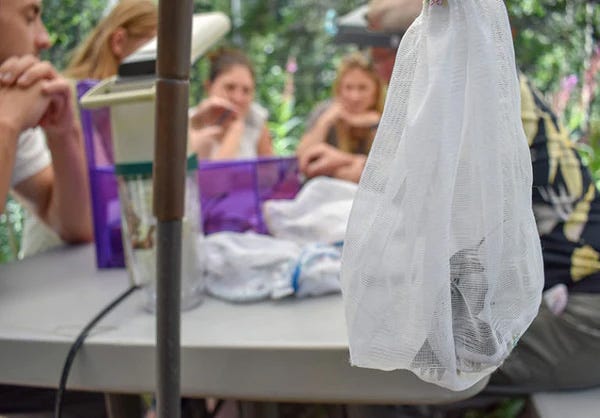
The next step is reaching into the cage, softly grabbing the bird and placing it into a safe mesh bag. To some, this may sound cruel. But done correctly, this process does not harm the bird.
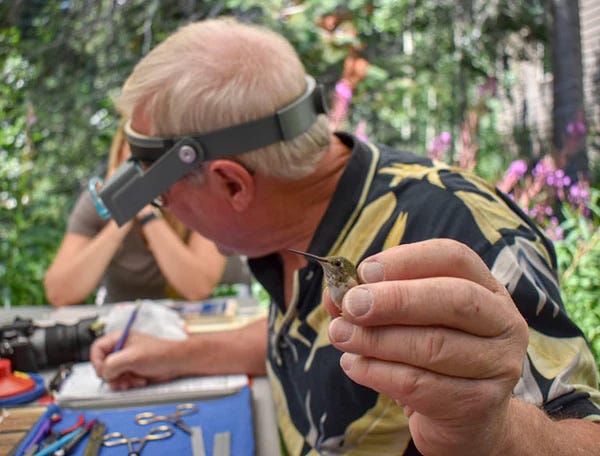
Recording Critical Data
The size and health of individual hummingbirds is important data, because it helps provide a bigger picture of how the population is doing. Steve weighs the birds, measures their beaks and wings, and checks for other important characteristics—like fat reserves. Using a straw, Steve blows the hummer’s feathers apart on its belly. It allows him to see how much fat the bird has stored for the migratory journey ahead, and it’s amazing how well this non-invasive method works.
See also: 6 Native Plants That Will Attract Hummingbirds to Your Regional Garden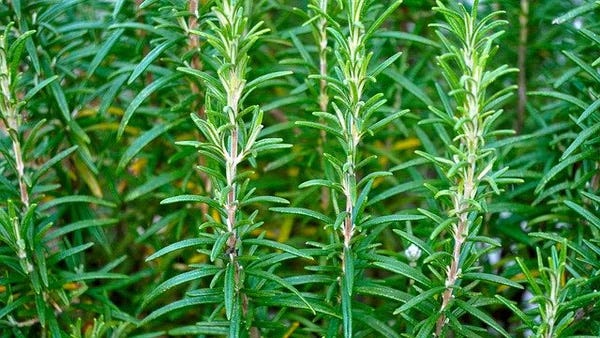
Band and Release
Steve carefully applies the band around the hummingbird’s leg, with great care to avoid injuring the bird. After a few sips of nectar, the hummingbird is gently released by hand.
It’s important that unlicensed hummingbird enthusiasts do not attempt to capture hummingbirds without a permit. Not only is it unlawful, but those who not trained hummingbird banders have a much greater potential for causing injury to a bird.
See also: Where to Hang Your Hummingbird Feeders